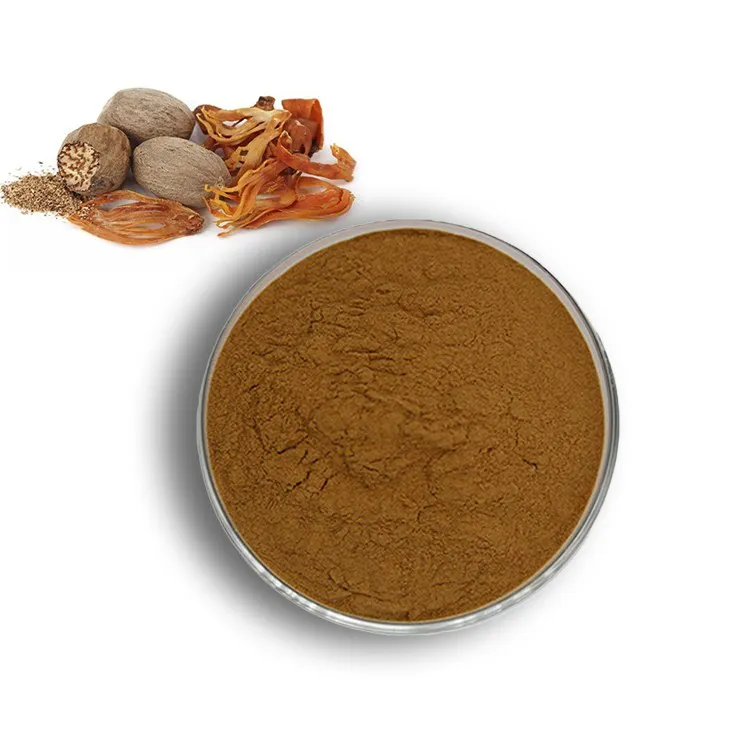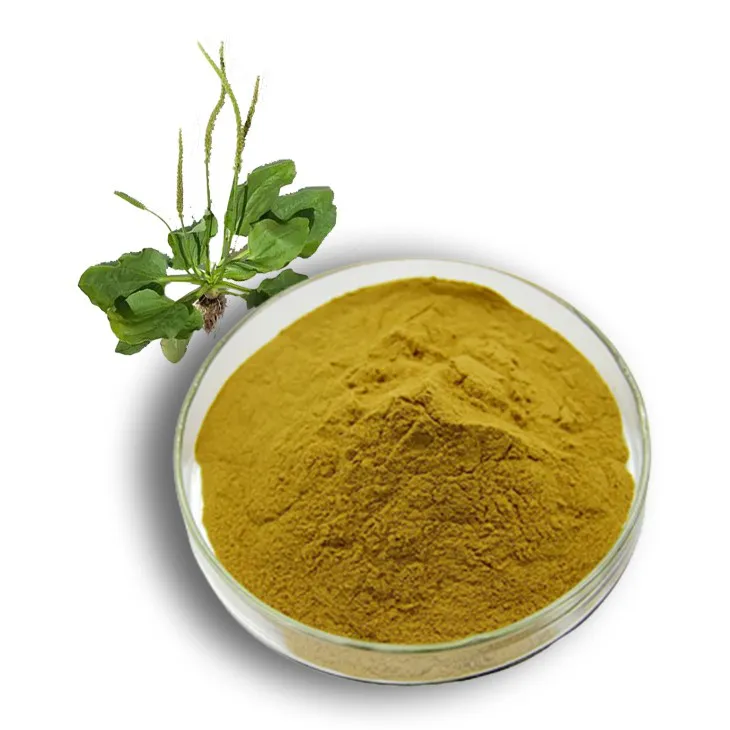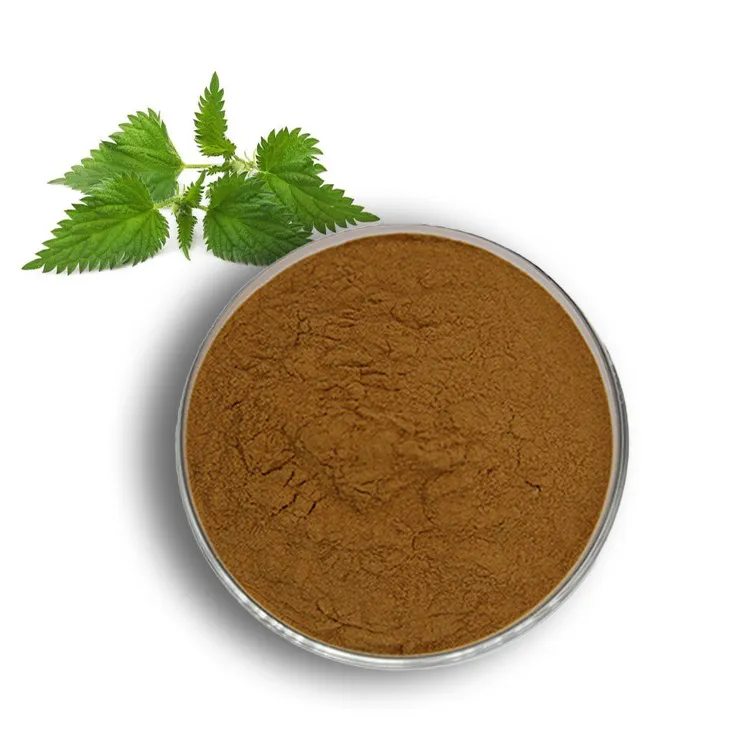- 0086-571-85302990
- sales@greenskybio.com
The Optimal Bioavailability of Seabuckthorn Oil.
2024-12-01
1. Introduction to Seabuckthorn Oil
Seabuckthorn oil is a natural and precious oil that has been garnering increasing attention in recent years. This is due to its numerous potential health - promoting properties. Originating from the seabuckthorn plant, which is known for its hardiness and ability to thrive in harsh environments, the oil contains a rich composition of various substances.
These substances include fatty acids, such as omega - 3, omega - 6, and omega - 9 fatty acids, which are essential for maintaining good health. Additionally, seabuckthorn oil is replete with antioxidants like vitamin E, carotenoids, and flavonoids. These antioxidants play a crucial role in protecting the body's cells from oxidative stress, which is associated with a variety of diseases, including heart disease, cancer, and neurodegenerative disorders. Moreover, there are other bioactive substances present in seabuckthorn oil that contribute to its overall therapeutic and nutritional value.
2. Understanding Bioavailability
Bioavailability is a key concept when it comes to seabuckthorn oil. It refers to how well the body can absorb, distribute, metabolize, and excrete seabuckthorn oil. In other words, it determines the extent to which the beneficial components of the oil can be utilized by the body.
For seabuckthorn oil to exert its positive effects on health, it must first be absorbed through the gastrointestinal tract if taken orally. Once absorbed, it needs to be distributed to the appropriate tissues and organs in the body. Then, the body's metabolic processes break down and transform the components of the oil into forms that can be used for various physiological functions. Finally, the waste products are excreted from the body. If any of these steps are inefficient, the overall effectiveness of seabuckthorn oil in promoting health will be compromised.
3. Role of Composition in Bioavailability
The composition of seabuckthorn oil has a vital role in determining its bioavailability.
3.1 Fatty Acids
The different types of fatty acids present in seabuckthorn oil can affect its absorption. For example, omega - 3 fatty acids are known for their beneficial effects on heart health. However, their absorption can be influenced by factors such as the presence of other lipids in the diet. If the diet is high in saturated fats, it may interfere with the absorption of omega - 3 fatty acids from seabuckthorn oil. On the other hand, the proper ratio of omega - 3 to omega - 6 fatty acids can enhance the overall bioavailability of the oil. An imbalance in this ratio, which is common in modern diets, can lead to decreased bioavailability and potential health problems.
3.2 Antioxidants
The antioxidants in seabuckthorn oil not only contribute to its health - promoting properties but also play a role in bioavailability. For instance, vitamin E can protect the other components of the oil from oxidation during the absorption process. If the antioxidants are degraded before absorption, it can reduce the bioavailability of the oil. Additionally, some antioxidants may enhance the permeability of cell membranes, facilitating the absorption of other bioactive substances in seabuckthorn oil.
3.3 Bioactive Substances
The bioactive substances in seabuckthorn oil, such as sterols and phospholipids, can interact with the body's cells and tissues in different ways. Some of these substances may help in the emulsification of the oil, which is important for its absorption. Others may modulate the body's immune response or hormonal balance, which can indirectly affect the bioavailability of the oil by improving the overall physiological state of the body.
4. Impact of Extraction Methods on Bioavailability
Different extraction methods used to obtain seabuckthorn oil can result in different levels of bioavailability.
4.1 Cold - Press Extraction
Cold - press extraction is a method that involves mechanically pressing the seabuckthorn berries to extract the oil. This method has several advantages in terms of bioavailability. Since it does not involve the use of heat or chemical solvents, the natural composition of the oil is preserved to a greater extent. The bioactive substances and fatty acids in the oil are less likely to be degraded during the extraction process. As a result, the oil obtained through cold - press extraction may have a higher bioavailability compared to oils extracted using other methods.
4.2 Solvent Extraction
Solvent extraction, on the other hand, uses chemical solvents to extract the oil from seabuckthorn berries. While this method can be more efficient in terms of yield, it may have some drawbacks in terms of bioavailability. The solvents used may leave residues in the oil, which could potentially be harmful to the body. Moreover, the high - temperature and chemical processes involved in solvent extraction may cause some degradation of the bioactive substances and fatty acids in the oil, thereby reducing its bioavailability.
5. Factors Affecting Bioavailability
There are several factors other than composition and extraction methods that can impact the bioavailability of seabuckthorn oil.
5.1 Form of Administration
- Oral Administration: When seabuckthorn oil is taken orally, it has to pass through the digestive system. The presence of food in the stomach can either enhance or inhibit its absorption. For example, taking the oil with a meal that contains healthy fats can improve its absorption as the fats can aid in emulsification. However, certain foods may also bind to the components of the oil and prevent their absorption.
- Topical Administration: When used topically, the bioavailability of seabuckthorn oil depends on its ability to penetrate the skin. The skin has a natural barrier function, and the formulation of the seabuckthorn oil product (such as creams, lotions, or oils) can influence its penetration. For example, the addition of penetration enhancers can increase the bioavailability of the oil when applied topically.
5.2 Presence of Emulsifiers
Emulsifiers play an important role in the bioavailability of seabuckthorn oil. Since seabuckthorn oil is a lipid - based substance, it does not mix well with water - based fluids in the body. Emulsifiers can break the oil into smaller droplets, increasing its surface area and facilitating its absorption. In oral administration, emulsifiers can help the oil mix with the digestive juices in the stomach and intestine, improving its absorption. In topical applications, emulsifiers can enhance the spreadability and penetration of the oil on the skin.
5.3 Individual's Physiological State
- Age: The bioavailability of seabuckthorn oil can vary with age. Older individuals may have a reduced ability to absorb and metabolize the oil due to changes in the digestive system and overall physiological function. For example, the production of digestive enzymes may decrease with age, affecting the breakdown and absorption of the oil.
- Health Conditions: Certain health conditions can also impact the bioavailability of seabuckthorn oil. For example, individuals with gastrointestinal disorders such as Crohn's disease or celiac disease may have impaired absorption of the oil. Additionally, liver or kidney diseases can affect the metabolism and excretion of the oil, thereby influencing its bioavailability.
6. Strategies to Enhance Bioavailability
Based on the understanding of the factors affecting bioavailability, several strategies can be employed to enhance the bioavailability of seabuckthorn oil.
6.1 Optimizing the Formulation
- For oral administration, formulating seabuckthorn oil with appropriate emulsifiers can improve its absorption. For example, lecithin can be used as an emulsifier to create a more bioavailable product. Additionally, combining the oil with other nutrients that enhance absorption, such as vitamin C, can be beneficial.
- In topical applications, formulating seabuckthorn oil with penetration enhancers like essential oils (such as lavender oil) can increase its bioavailability on the skin. The choice of the base for the topical product, such as a water - in - oil or oil - in - water emulsion, can also impact the penetration and bioavailability of the seabuckthorn oil.
6.2 Considering the Extraction Method
When choosing seabuckthorn oil products, opting for those obtained through cold - press extraction can be a better choice in terms of bioavailability. However, it is also important to ensure that the extraction process is carried out under proper quality control to avoid any contamination or degradation of the oil.
6.3 Tailoring to the Individual
- For older individuals, it may be necessary to adjust the dosage or the form of administration to compensate for the reduced absorption and metabolism. For example, using a more easily digestible form of seabuckthorn oil or dividing the dosage into smaller amounts taken more frequently.
- For individuals with specific health conditions, a personalized approach is required. For those with gastrointestinal disorders, treating the underlying condition to improve digestive function can enhance the bioavailability of seabuckthorn oil. In cases of liver or kidney diseases, appropriate medical management and monitoring are necessary to ensure the proper metabolism and excretion of the oil.
7. Conclusion
In conclusion, seabuckthorn oil has great potential in terms of its health - promoting properties. However, achieving the optimal bioavailability is crucial for maximizing its benefits. The composition of the oil, extraction methods, and various other factors such as the form of administration, presence of emulsifiers, and the individual's physiological state all play important roles in determining its bioavailability. By understanding these aspects, we can develop better strategies to enhance the bioavailability of seabuckthorn oil and fully utilize its therapeutic and nutritional value.
FAQ:
What factors influence the bioavailability of seabuckthorn oil?
The composition of seabuckthorn oil (including various fatty acids, antioxidants, and bioactive substances), different extraction methods (such as cold - press extraction and solvent extraction), the form of administration (oral or topical), the presence of emulsifiers, and the individual's physiological state all influence the bioavailability of seabuckthorn oil.
How does the composition of seabuckthorn oil affect its bioavailability?
The different components in seabuckthorn oil, like fatty acids, antioxidants, and bioactive substances, interact with the body's absorption, distribution, metabolism, and excretion processes. For example, certain fatty acids may be more easily absorbed than others, and antioxidants can protect the bioactive components during these processes, thus affecting the overall bioavailability.
Which extraction method results in the highest bioavailability of seabuckthorn oil?
Both cold - press extraction and solvent extraction have different impacts on bioavailability. Cold - press extraction may preserve more natural components and potentially lead to better bioavailability in some cases as it is a more natural process. However, solvent extraction can also be optimized to achieve high bioavailability depending on the solvents used and the subsequent purification steps.
How does the form of administration impact the bioavailability of seabuckthorn oil?
When seabuckthorn oil is administered orally, it has to pass through the digestive system, where factors like stomach acid and intestinal enzymes can affect its absorption. Topical administration, on the other hand, has a different absorption mechanism through the skin. The skin's barrier properties and the formulation of the topical product (such as the presence of penetration enhancers) determine how well the seabuckthorn oil is absorbed through the skin, thus affecting its bioavailability in different ways compared to oral administration.
Can emulsifiers improve the bioavailability of seabuckthorn oil?
Emulsifiers can break down seabuckthorn oil into smaller droplets, which can increase the surface area available for absorption. This can potentially enhance the bioavailability as it makes it easier for the body to absorb the oil. However, the type and amount of emulsifier need to be carefully considered as some emulsifiers may have their own side effects or may not be compatible with the components of seabuckthorn oil.
Related literature
- Bioavailability of Fatty Acids in Seabuckthorn Oil: A Comprehensive Review"
- "Enhancing the Bioavailability of Seabuckthorn Oil: New Approaches in Extraction and Administration"
- "The Role of Bioactive Substances in Seabuckthorn Oil Bioavailability"
- ▶ Hesperidin
- ▶ citrus bioflavonoids
- ▶ plant extract
- ▶ lycopene
- ▶ Diosmin
- ▶ Grape seed extract
- ▶ Sea buckthorn Juice Powder
- ▶ Beetroot powder
- ▶ Hops Extract
- ▶ Artichoke Extract
- ▶ Reishi mushroom extract
- ▶ Astaxanthin
- ▶ Green Tea Extract
- ▶ Curcumin Extract
- ▶ Horse Chestnut Extract
- ▶ Other Problems
- ▶ Boswellia Serrata Extract
- ▶ Resveratrol Extract
- ▶ Marigold Extract
- ▶ Grape Leaf Extract
- ▶ blog3
- ▶ blog4
- ▶ blog5
-
The best lemon juice powder in nature.
2024-12-01
-
Organic Vitamin K2 Powder Suppliers
2024-12-01
-
Bulk purchase of L - tyrosine.
2024-12-01
-
Vitamin K2 Manufacturers
2024-12-01
-
100% Pure Natural Rutin.
2024-12-01
-
Chinese Citrus Bioflavonoid Suppliers.
2024-12-01
-
Troxerutin
2024-12-01
-
Licorice Root Extract Powder
2024-12-01
-
Peppermint Oil
2024-12-01
-
Konjac Powder
2024-12-01
-
Nutmeg Extract
2024-12-01
-
Plantain extract
2024-12-01
-
Lemon Juice Powder
2024-12-01
-
Curcumin
2024-12-01
-
Panax Ginseng Leaf Extract
2024-12-01
-
Nettle Root Extract
2024-12-01





















